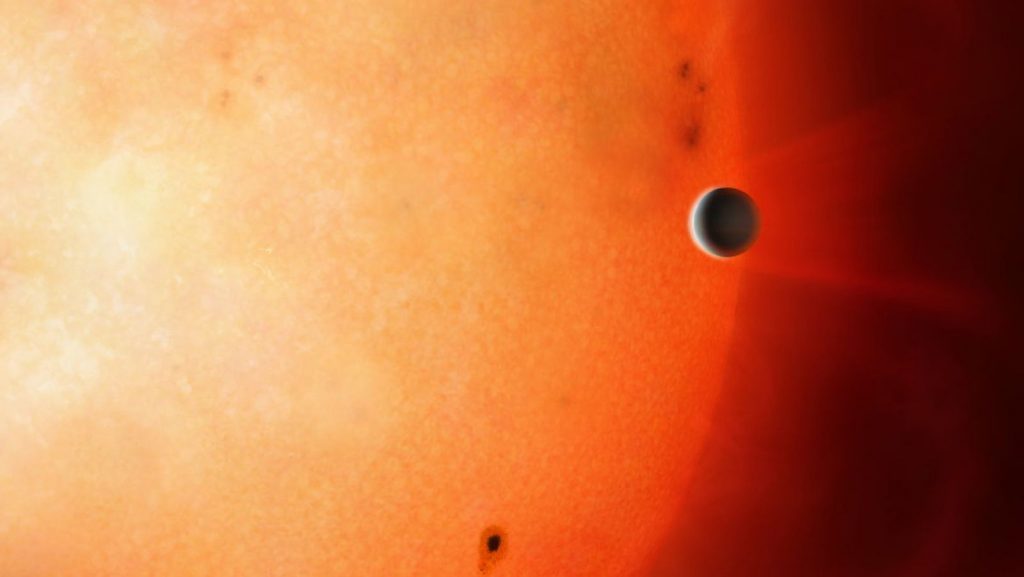OpenAI has launched GPT 5.2, a major model upgrade now available in both the API and ChatGPT. It is described as the company’s most…
SAAO’s Sutherland telescope plays key role in discovering horribly-hot ‘forbidden’ planet

A South African Astronomical Observatory (SAAO) telescope in Sutherland, Northern Cape has confirmed the existence of what sounds like the worst place you could possibly visit in the universe.
Dubbed the “Forbidden Planet” but officially called NGTS-4b, the exoplanet needs just 1.3 days to complete a full orbit of its host star. It’s actually so close to the giant burning ball that its surface temperature hits 1000°C — hot enough to melt silver.
The planet’s about three times the size of Earth, and is 20 times more massive.
The SAAO’s telescope, based in Sutherland, provided “crucial follow-up observations” of the planet researched by the Astronomy and Astrophysics Group in the UK. The planet itself was discovered using a telescope in Chile.
The Sutherland was able to detect a 0.1% dip in the light produced by the star as the planet was in “transit” in front of it.
“Since this transit is so shallow, NGTS-4b wasn’t initially one of our top priority targets,” noted Dr Matt Burleigh, one of the researchers using the SAAO’s telescopes.
“But thanks to the excellent telescopes at SAAO in Sutherland, we were able to detect and confirm the transit, convincing ourselves the planet is real. We then set in motion many more observations to measure its mass and size.”
“With a dip almost that small, this exoplanet is, by a long way, the shallowest transiting planet ever discovered by a ground-based survey,” the press release added.
The planet, which still has an atmosphere, is the first of its type to be discovered in the “Neptunian Desert”, a region between a planet and star that few Neptune-sized planets are ever found.
Feature image: An artist’s impression of the exoplanet NGTS-4b, by SAAO


